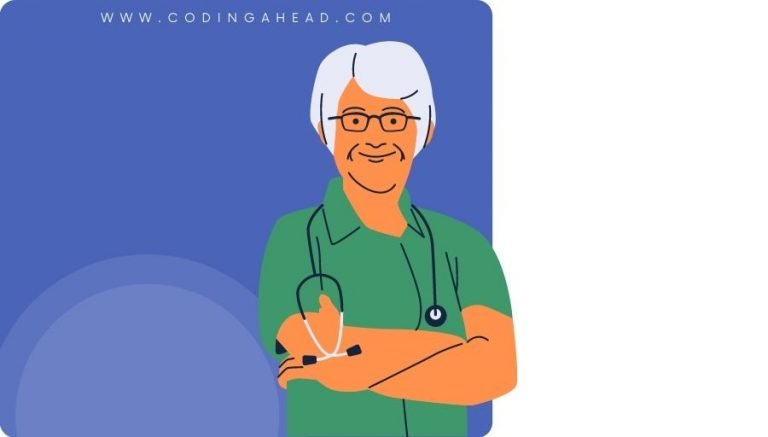How To Use CPT Code 0035U
CPT 0035U describes a unique laboratory test used for the detection of prion protein in cerebrospinal fluid. This article will cover the description, official details, procedure, qualifying circumstances, appropriate usage, documentation requirements, billing guidelines, historical information, and examples.
1. What is CPT Code 0035U?
CPT 0035U is a proprietary laboratory analysis code that represents a specific ultrasensitive diagnostic test for prion disease. This test, known as real-time quaking-induced conversion (RT-QuIC), detects abnormal CSF 14-3-3 protein, a marker for human prion disease, in cerebrospinal fluid.
2. Official Description
The official description of CPT code 0035U is: ‘Neurology (prion disease), cerebrospinal fluid, detection of prion protein by quaking-induced conformational conversion, qualitative.’
3. Procedure
- The technician collects a sample of cerebrospinal fluid or a nasal mucosa brushing from the patient.
- The technician performs amplification techniques on the prion proteins obtained from the sample.
- The sample is combined with normal recombinant prion proteins and thioflavin T (ThT) in a reaction mixture.
- The reaction mixture undergoes intermittent shaking cycles, with ThT fluorescence measurements taken every 15 minutes.
- The test takes approximately 90 hours to complete.
4. Qualifying circumstances
CPT 0035U is ordered for patients who exhibit characteristic neurodegenerative signs and symptoms of human prion disease, such as sporadic Creutzfeldt-Jakob disease (CJD). Prion diseases occur when normal prion proteins convert into abnormal, pathologic proteins. The test is used to confirm the presence of prion disease in patients suspected of having this condition.
5. When to use CPT code 0035U
CPT code 0035U should be used when a clinician orders the RT-QuIC test to detect abnormal CSF 14-3-3 protein in cerebrospinal fluid. This test is specifically designed for the diagnosis of prion diseases in patients with characteristic signs and symptoms.
6. Documentation requirements
To support a claim for CPT code 0035U, the documentation should include:
- Indication of the patient’s neurodegenerative signs and symptoms
- Details of the cerebrospinal fluid or nasal mucosa sample collection
- Description of the amplification techniques used
- Information about the reaction mixture and ThT fluorescence measurements
- Confirmation of the completion of the 90-hour test
7. Billing guidelines
When billing for CPT code 0035U, ensure that the test is performed by the specific laboratory or manufacturer associated with this proprietary code. Only report one unit of this code for a single specimen analyzed on a single date of service. It is important to note that this test should not be reported with any other CPT code, as it is a unique laboratory analysis.
8. Historical information
CPT code 0035U was added to the Current Procedural Terminology system on April 1, 2018. There have been no updates or changes to this code since its addition.
9. Examples
- A patient presents with progressive neurological symptoms, and the clinician suspects prion disease. The RT-QuIC test is ordered to confirm the presence of abnormal CSF 14-3-3 protein.
- Another patient exhibits cognitive decline and behavioral changes, raising concerns about prion disease. The clinician orders the RT-QuIC test to assist in the diagnosis.
- A third patient shows signs of rapidly progressing dementia, prompting the clinician to request the RT-QuIC test for prion disease detection.
- A fourth patient experiences unexplained movement disorders, leading the clinician to order the RT-QuIC test to rule out prion disease.
- Yet another patient presents with ataxia and myoclonus, and the clinician suspects prion disease. The RT-QuIC test is ordered to aid in the diagnosis.
- A sixth patient exhibits neurological symptoms consistent with prion disease, and the clinician orders the RT-QuIC test for confirmation.
- A seventh patient shows signs of rapidly progressive dementia, prompting the clinician to request the RT-QuIC test for prion disease detection.
- An eighth patient experiences unexplained movement disorders, leading the clinician to order the RT-QuIC test to rule out prion disease.
- Another patient presents with ataxia and myoclonus, and the clinician suspects prion disease. The RT-QuIC test is ordered to aid in the diagnosis.
- A tenth patient exhibits neurological symptoms consistent with prion disease, and the clinician orders the RT-QuIC test for confirmation.



